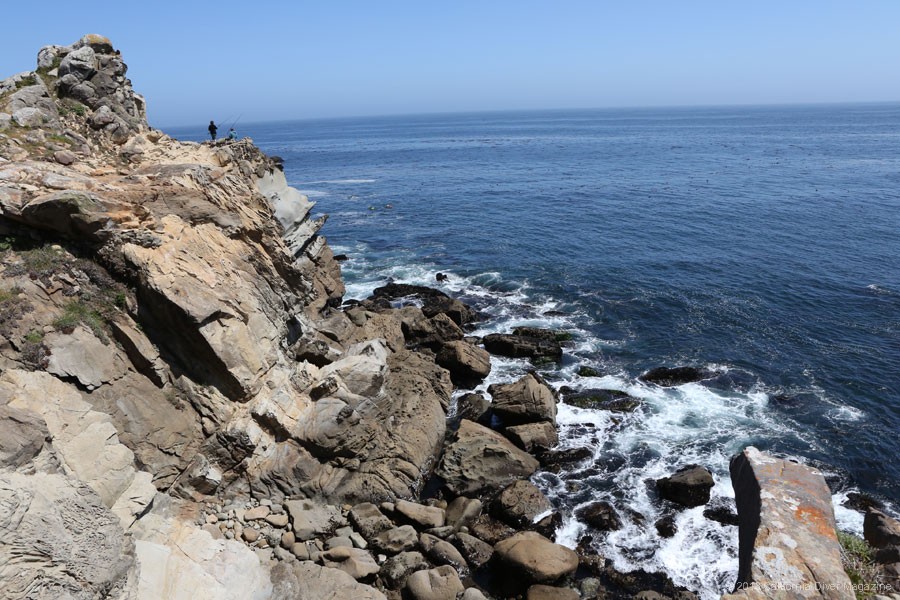Recreational red abalone season ended at midnight, November 30, and if you have one, it’s time to report your catch to the California Department of Fish & Wildlife.
Information gathered from hunting tags and sport fishing report cards is important data needed by fish and wildlife biologists to support science based hunting and sport fishing seasons, and to ensure sustainable quotas for harvest. Because harvest and effort data is essential to fish and wildlife management, hunters and sport fisherman are required by regulation to report hunting tags and sport fishing report cards in a timely manner.
There are two ways to report your data – online, and by mail. If you choose to mail your card in, send it to this address:
California Department of Fish and Wildlife
32330 N. Harbor Drive
Fort Bragg, CA 95437-5554
An online option is now available for reporting your catch. Just log in to the DFG website and complete the form online by clicking here: http://www.dfg.ca.gov/licensing/harvestreporting
If you report online, you do not need to mail in your report card. After reporting, retain your report card for 90 days for survey purposes and write your report confirmation number on it.

The beautiful and rugged Sonoma coastline
2014 Abalone Season
The 2014 abalone diving season opens in April and runs through November with a month-long closure in July. The Fort Ross area will closed for abalone diving to help aid in the recovery of abalone there after a large die-off in 2011 attributed to an algal bloom. According to the Department of Fish and Wildlife, red abalone numbers have declined in Sonoma County by 60 percent (a number which has been debated by divers and organizations such as the Sonoma County Abalone Network).
Additional regulations are also in effect for 2014. The annual limit has been reduced to 18 abalone (previously 24) per diver, with no more than nine taken from Marin and Sonoma counties. There is also a later coast-wide start time for the fishing day – it’s now 8 a.m.
“The new management measures we’ve adopted today will help ensure that the red abalone remains abundant on the North Coast and the popular recreational fishery there continues to thrive,” said Commission President Michael Sutton. “Our job is to keep wildlife populations in California healthy and not wait for a crisis to take action.”
Northern California red abalone are managed adaptively by the Commission, using traditional management measures coupled with fishery independent surveys to maintain the catch at sustainable levels, as prescribed by the Abalone Recovery and Management Plan (ARMP). Ongoing data surveys by the Department of Fish and Wildlife detected the effects of a recent abalone die-off along the Sonoma coast. The declines in abalone density triggered the changes to management measures, because the densities dropped below levels that are prescribed in the ARMP for management action. The new regulations are intended to provide an opportunity for abalone populations in Sonoma and Marin to increase, and to help Mendocino County maintain a productive fishery. The set start time for the fishing day will also aid enforcement.
